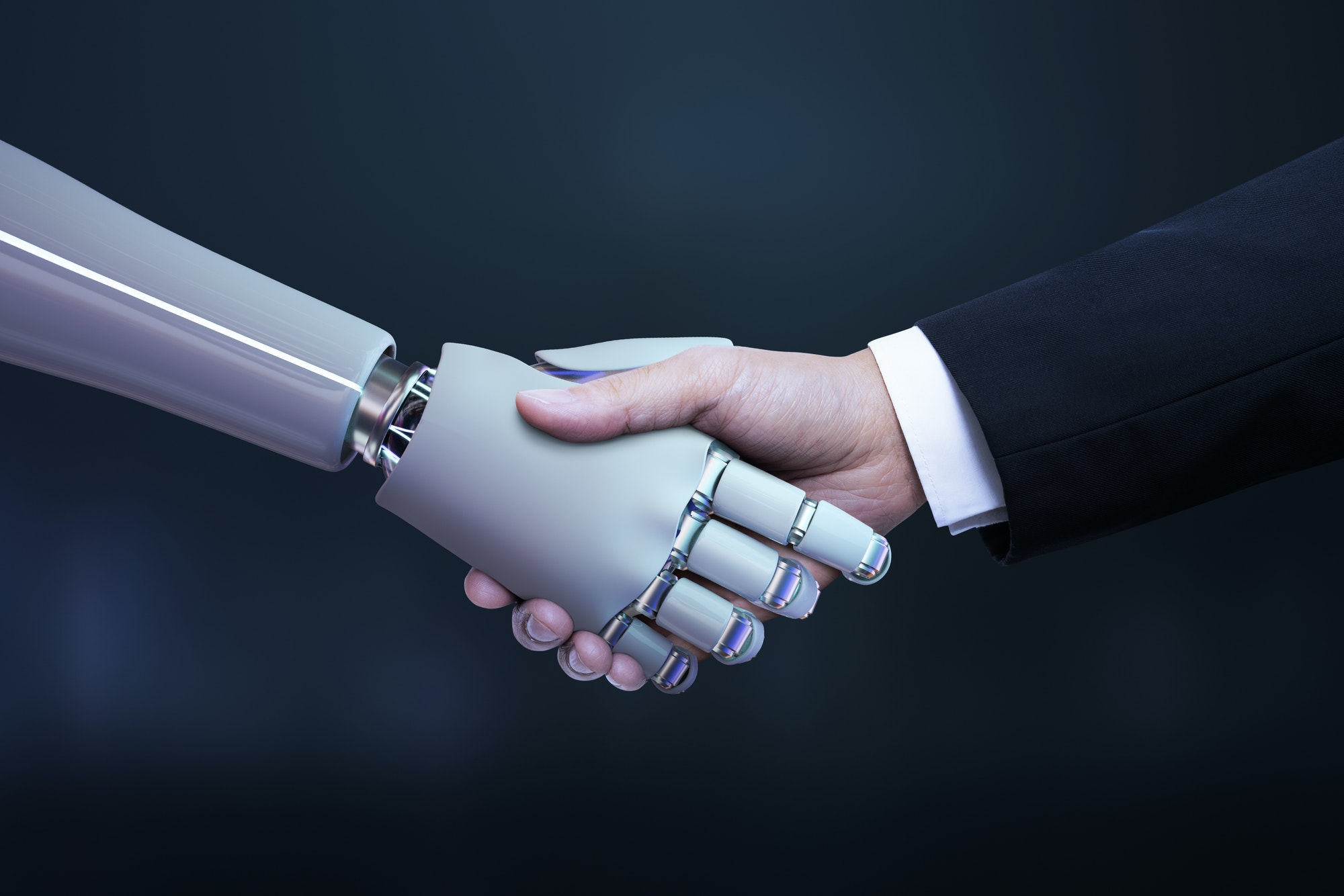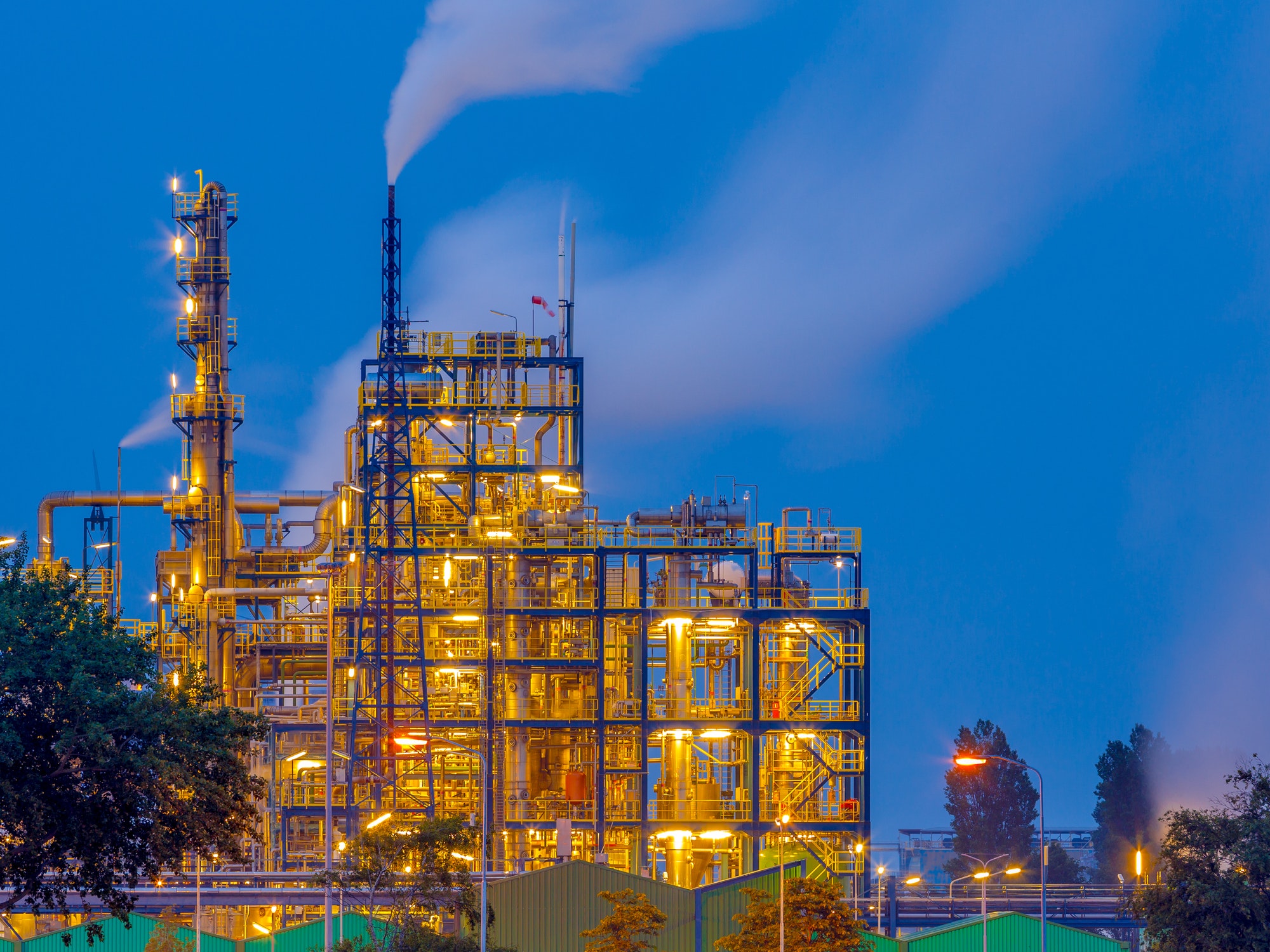AI IN SMARTER SUPPLY CHAINS
Advance Supply chain using AI
AI IN SMARTER SUPPLY CHAINS

Futuristic representations of science fiction movies and literature have become a reality, and robotic images are now automating and instrumenting learning supply chains.
The subsequent wave of technology, Artificial intelligence (AI), already makes experience for the flood of operational statistics flowing from a lot of cloud gadgets and applications. This era of technology additionally makes use of superior arithmetic calculations to create products, methods and structures that may be inculcated and learned.
The following led to the creation of a smarter supply chain
Instrumented. Information that was previously created by humans is increasingly generated by machines, flowing from sensors, RFID tags, counters, actuators, GPS, and more. The inventory is counted alone, the containers recognize its content. Pallets report if they land in the wrong place.
Connected. This era of technology keeps everything connected right from smart gadgets, products to the Customers to establish a Connected Supply chain. End-to-end connectivity will enable global supply chain networks to plan and make decisions together.
Predictive analytics is used to respond to demand, optimize inventory and network, preventive maintenance, and digital manufacturing. No longer just predictive, but hierarchical, search and pattern recognition algorithms analyze data in real time and help supply chains respond to advanced machine-generated intelligence, while providing instant transparency and transparency.
Adaptive robotics get right of entry to tool statistics from the Internet of Things (IoT) and numerous dependent and unstructured records to analyze and make self-sufficient decisions. AI is becoming increasingly important to innovative supply chain transformation. Forty-six percent of supply chain executives believe artificial intelligence / cognitive computing and cloud computations will be their largest investments in digital operations over the next three years.
Machine gaining knowledge is turning into mainstream and widening operational technology portfolio. Baseline forecasts for new products are critical in determining market’s new product launches and plans. When applied to demand signals, AI can determine changing demand behaviour and optimize inventory levels and replenishment plans to feed the continuous cycle of product lifecycle management. Pioneering companies are applying these cognitive and artificial intelligence technologies to their products and daily operations. Some live the future; others have just begun the journey.
Purpose of using AI capabilities in three different and complex areas of the supply chain:
- Product development
- Procurement
- Manufacturing.
Priorities represent business and competitive challenges and current trends that will affect the way companies do business. Investments in technology, processes and employees that companies make and want to make in the next three years are planned. And the purpose represents those initiatives, with an emphasis on intelligence, that executives prioritize to obtain the highest return on their
investments. That’s the reason AI is gaining popularity and been used in the ground level for ease of the business.





